The 13 paintings by Old Masters of the Italian Renaissance featured in their ‘Masterpieces at MUZA’ exhibition are on loan “from a private collector” who is apparently letting Malta hang onto them for at least five years.
But is it an act of “charity”, as MUZA claims? Or are they in Malta for some other reason?
They didn’t give the name of this generous benefactor, whose magnanimity is such that he doesn’t want any credit for his act. But one of the paintings should have raised a red flag.
Peter Paul Reubens ‘Crucifixion’ disappeared in 1794. We don’t know what happened to it afterwards. Just that it’s now owned by a Russian collector called Vladimir Logvinenko. But we do know what happened to another Reubens painting — ‘Tarquinius and Lucretia’ — owned by this same “generous” donor.
‘Tarquinius and Lucretia’ used to be displayed at Frederick the Great’s old summer retreat, Sanssouci Palace in Potsdam, just outside Berlin. It disappeared in 1942.
Like many paintings, it was believed to have been plundered by the Nazis as World War II raged on. They looted all sorts of fine art objects from public and private collections. Some were meant for Hitler’s never-to-be-built Führermuseum, and some were swiped by Hermann Göring.
The looters became the looted when the tides of war turned against them. The Red Army didn’t just ‘liberate’ Berlin; they also liberated an awful lot of artworks — some 200,000 — when they weren’t busy killing civilians and raping every woman they could find.
The ‘Tarquinius and Lucretia’ wasn’t seen again until it surfaced in Russia in 1999, where Logvinenko seems to have bought it from another private collector at bargain basement prices.
Long story short, the Germans got wind of it in 2003, and they want it back. Logvinenko said ‘Nyet!’, and handed it over to the Hermitage in St. Petersburg for safe keeping.
That’s a bit of a digression, I know. But it gives you a sense of who you’re dealing with.
Surely Heritage Malta would have uncovered such facts when they did the “necessary due diligence” on these artworks? One could be forgiven for thinking their level of diligence was on par with Malta’s scandalous cash-for-passports programme.
So how did Logvinenko’s other paintings, including Rebuens’s ‘Crucifixion’, end up in Malta? Snezhana Vladimirovna Bodishtianu and her husband Evgueni helped arrange this ‘charity’ art loan.
When she’s not arranging art exhibits, Bodishtianu sells Maltese passports and property to wealthy Russians. Don’t worry, it’s completely legitimate. She’s an accredited agent under the IIP scheme and has been since 2015.
Okay, yes, the couple was accused of swindling parents and suppliers out of hundreds of thousands of euro via the Russian-style boarding house they ran in Qawra, pleading for loans while living a luxurious lifestyle.
And there was that nasty La Paloma Hotel scandal, where rooms “not even fit for an animal to live in” were rented to some 100 desperately poor immigrants. A decomposing body was found in the unused lift shaft in August 2020, with piles of garbage and rats.
Alleged art swindlers and alleged fraudsters make for rather unsavoury company. Who would want to hang out with such a couple?
I’m glad you asked…
Snezhanna Bodishtianu published a number of selfies with the “beautiful and radiant Mrs Muscat”, adding “This meeting and a small chat made this evening really valuable! I adore their dedicated charity work…I love you all and admire sincerely!” Selfies with disgraced ex-Kink of Malta appear, too.
Was this generous loan of priceless artworks to MUZA linked to Logvinenko’s efforts to acquire Maltese citizenship? It seems like it.
As for why Malta is such a useful destination for valuable art, the government’s aspiration to establish a Freeport for luxury goods might have something to do with it.
Joseph Muscat was pitching the idea to power players last year, including Swiss art dealer and owner of Le Freeport Singapore and Luxembourg, Yves Bouvier, the man who scandalized the art world when he was caught misrepresenting the original value of works and overcharging his Russian clients for them.
Muscat was acting on behalf of “a government entity” and signing his emails ‘former Prime Minister of Malta’ while he was promoting this questionable new venture, but the groundwork had already been laid with the Malta Free Zones Act XV of May 2019.
Such Free Zones are used by wealthy patrons to park valuable possessions in a secure setting abroad, where they can be hidden from the world in limbo, or transferred to another owner while floating in a black hole free of industry regulations and taxes.
And that’s good news for people with expensive assets to hide.
The FATF has been nagging Malta to make use of the Asset Recovery Bureau (established in 2015) that Edward Zammit Lewis left without a CEO for months. The intention is to seize assets that are deemed to be the proceeds of crime, but as with so many other paper laws, Malta’s track record in practice was dismal. The Bureau confiscated €1,500 in August 2018 and €1,260 in October 2018.
Anyway, even if the international community forces Malta to apply this tool, Joseph Muscat’s luxury Freeport would be a useful loophole for anyone under the law enforcement microscope. How can police seize illicit cash, rare art, or luxury cars if they aren’t ‘actually’ in Malta in the first place? To quote the First Lady of Kickbackistan, they’re in transit, ‘my deeeers’.
Art laundering is a low profile way to clean dirty money for a number of reasons.
The price of fine art tends to increase over time — especially if it vanishes for a few years, say into the black hole of a Freeport. It doesn’t weigh much and is easy to transfer. It can be sold anonymously and privately to individuals or at auction, with minimal paperwork. And the price can be manipulated.
It doesn’t even have to leave the Freeport when it changes hands.
Like the tech that put the ‘block’ in Blockchain Island, the art world is also unregulated, at least by global standards.
It’s a lot more difficult to wire cash anonymously these days, thanks to increasingly robust compliance regulations — even with the complicated shell companies Nexia BT was so fond of using. But fine art laundering isn’t subject to the same sort of scrutiny.
What an opportunity for a small country like Malta! I wonder if it was part of the roadmap?
Read The Shift’s investigation: Unnamed ‘generous benefactor’ behind Heritage Malta exhibition is Russian art world’s ‘biggest scandal’ protagonist, Vladimir Logvinenko

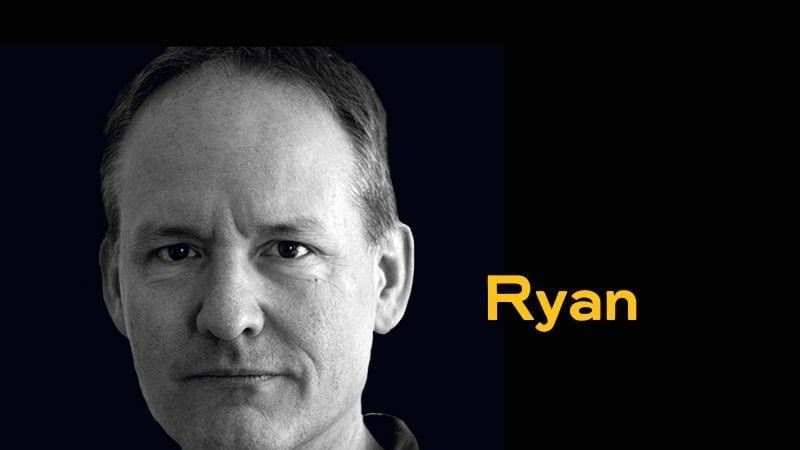
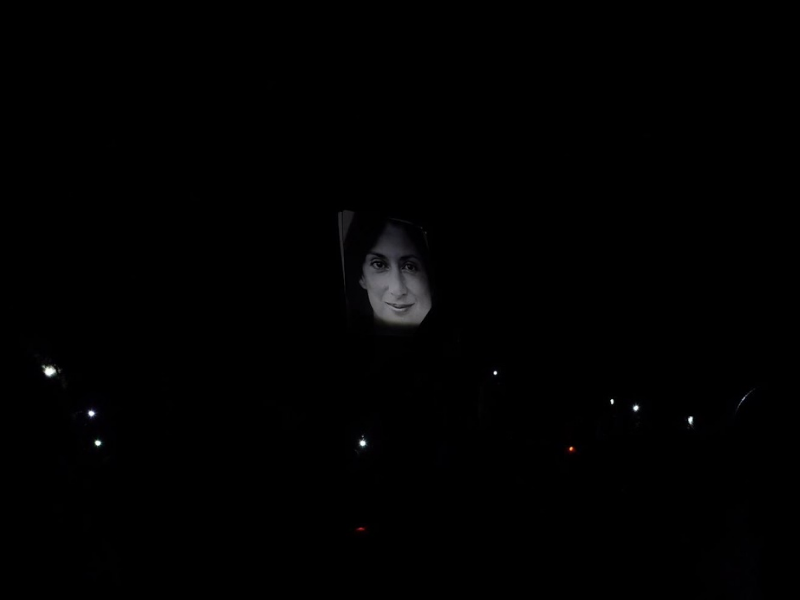
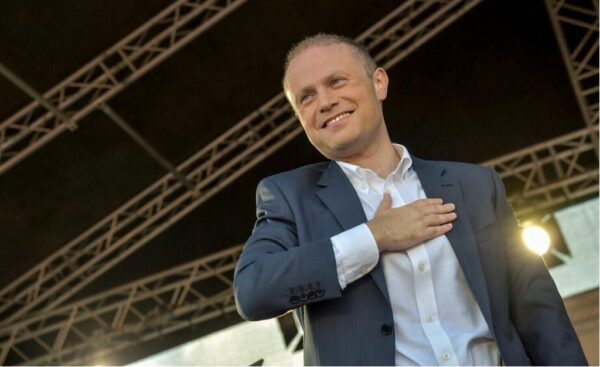

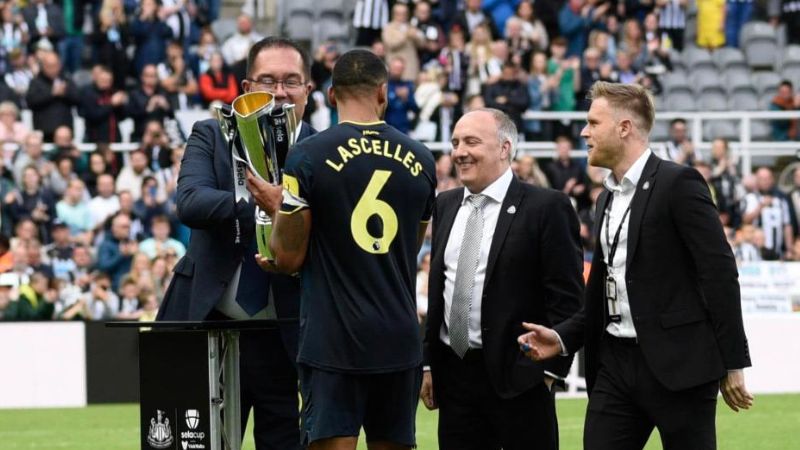
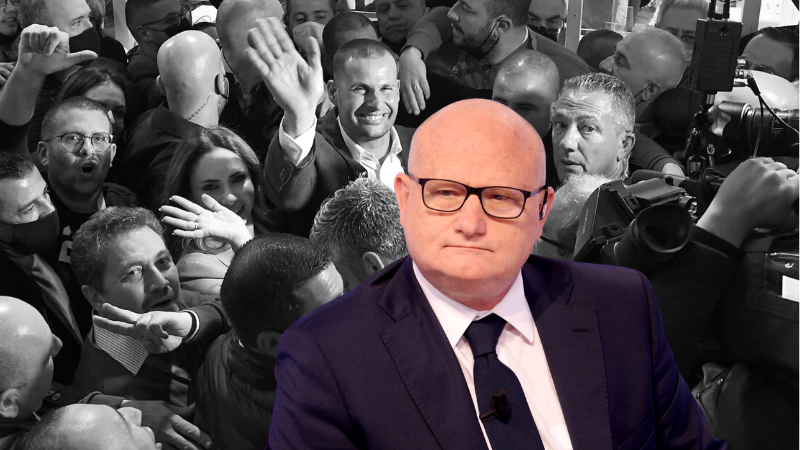






I bet FATF know what they’re doing.
Can’t stop watching that video…
Why anyone would want to deal with these muzhiks is beyond me.
I’ve been researching this topic for an academic paper. Freeports, like those established by Yves Bouvier enable the art market (currently estimated at 60 billion USD p.a) to change hands without leaving the locations, but the EU’s 6th AMLD also encompasses art and sales of art work above 10,000 Euro now have to be declared. In any case, what is extraordinary to me is the almost congenital predisposition of certain local politicians to be attracted to such economic strategies. The US Senate has recently published a paper on money laundering through art and I suspect that this will increasingly attract governmental scrutiny, at least in the EU and US.
Another observation, more relevant to your content. Placing works of art in official institutions “on loan” is a standard way of getting the art works accepted prior to their eventual sale. The most notorious recent case involved none other than “Salvator Mundi” accepted for showing at the National Gallery prior to its sale, but resolutely refused by the Louvre.